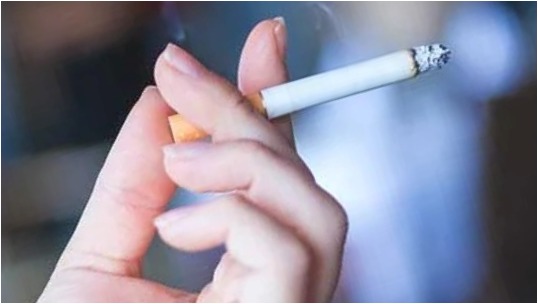
Secondhand smoke is indeed dangerous and can cause a variety of respiratory problems and health issues in both children and adults. Breathing in secondhand smoke exposes non-smokers to harmful chemicals and increases the risk of various health conditions, including respiratory problems.
Some of the respiratory problems associated with exposure to secondhand smoke include:
- Asthma: Secondhand smoke can trigger asthma attacks and worsen symptoms in individuals with asthma. It can lead to increased coughing, wheezing, and difficulty breathing.
- Respiratory infections: Non-smokers exposed to secondhand smoke are at a higher risk of respiratory infections such as bronchitis and pneumonia. Children exposed to secondhand smoke are particularly vulnerable to these infections.
- Chronic obstructive pulmonary disease (COPD): Long-term exposure to secondhand smoke can contribute to the development or worsening of COPD, a group of progressive lung diseases that cause breathing difficulties.
- Lung cancer: Secondhand smoke contains carcinogens that increase the risk of lung cancer in non-smokers, especially those who are frequently exposed.
It’s essential to avoid exposure to secondhand smoke, especially for vulnerable populations such as children, pregnant women, the elderly, and individuals with pre-existing respiratory conditions. Creating smoke-free environments in homes, workplaces, and public places can significantly reduce the risks associated with secondhand smoke and protect the health of non-smokers.
If you are a smoker, quitting smoking not only benefits your health but also the health of those around you who are exposed to secondhand smoke. Seeking support and resources to quit smoking can have long-lasting positive effects on your respiratory health and overall well-being.
